King Kalākaua is often called the “Merrie Monarch” because of his love of life and pursuit of pleasure. However, he was also a great king who cared deeply about his people and their culture.
In 1881, King Kalākaua embarked on a world tour to promote Hawaiian culture and tourism. This trip was crucial in saving Hawaiian culture from extinction. Read on to learn more about King Kalākaua’s world tour and how it helped save Hawaiian culture!
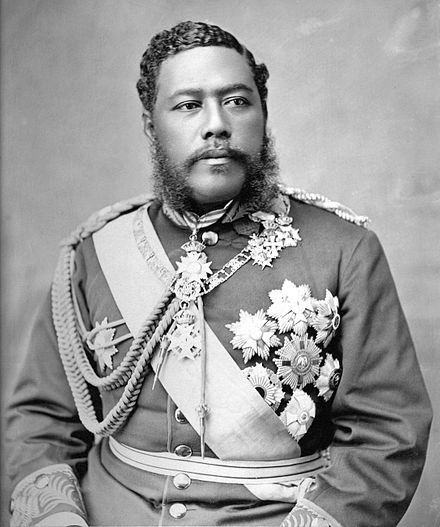
Who Was King David Kalākaua?
David Kalākaua was the last king of the Kingdom of Hawai’i. He was born in Honolulu on November 16, 1836, and passed away in San Francisco on January 20, 1891. King Kalākaua was a skilled politician and diplomat.
He was also a talented singer, composer, and hula dancer. As a young man, he grew up in a high-ranking Hawaiian family where he enjoyed a classical education in both English and Hawaiian cultures.
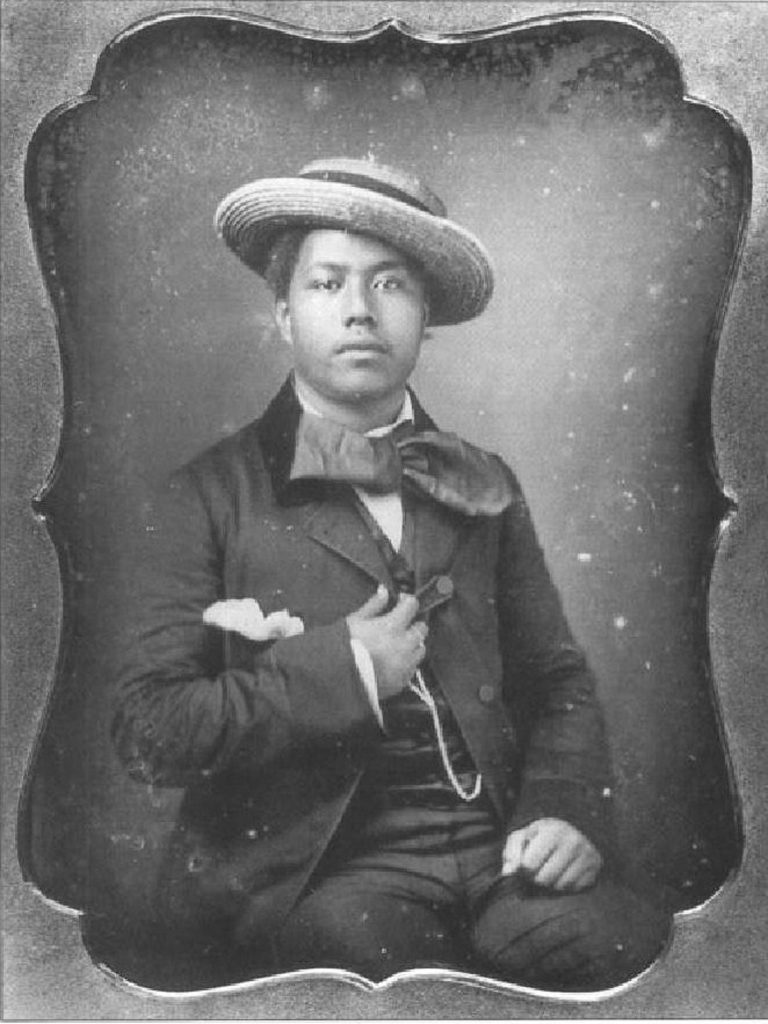
Due to the influence of King Kamehameha (1797-1824), Hawai’i was one of the most literate nations in the world during Kalākaua era. Kamehameha’s teachings ensured that the people could read and write Hawaiian and understand western concepts.
But unfortunately, Hawaiian culture was suffering when Kalākaua’s day came.
Hawaiian Culture Was Fading Away
After many Christian missionaries came to Hawai’i in the early 1800s, Hawaiian culture began to change drastically.
Eventually, the missionaries developed relationships with the Hawaiian monarchs and built lasting trust. From this trust, the monarchs gave the missionaries government positions, which they gladly accepted.
As a result, the children of these missionaries, who were white, took their parents’ jobs and ran large sugar plantations, gaining quite a bit of power over time.
Racial tensions grew between whites and native Hawaiians due to the diseases taking out many native Hawaiians and losing their culture.
So, when the last Kamehameha king passed, Hawaiians did something different this time and elected King Kalākaua to his position rather than giving it to him based on his birthright.
Seeing his native culture fading away, the newly elected king knew he needed to do something to keep his culture alive while still encouraging its evolution.
Many of Hawai’i’s customs and knowledge about themselves were passed down by the memory of those who could chant the ancient verses of their culture.
Yet that wasn’t enough, and Kalākaua realized that eventually, there would be nothing left to save his people’s heritage. This is because so many things had happened to his people during the time since Kamehameha.
First, the native Hawaiian population had declined rapidly because of diseases from foreign sailors and missionaries.
Second, many Hawaiians had contact with Americans, and Europeans fundamentally changed their way of life. Americans and Europeans had introduced a new religion, capitalism, and a form of government that was very different from the Hawaiian system.
The new way of life slowly taking over did not seek to preserve his people’s language, knowledge, and past.
While outsiders influenced Hawaiian culture, it was mainly an oral history passed down from generation to generation.
Because Hawaiian culture was oral, it was more at risk of extinction than other cultures because they could preserve the written word.
However, there were issues, and often Hawai’ian culture dictated that no sacred texts could be written. Despite objections from the very devout members of his people, King Kalākaua sought to preserve his people’s culture.
King Kalākaua Transforms Hawaiian Culture For The Better
Using the last Kamehameha king’s influence and tactics, Kalākaua focused on asking his people to begin writing down the oral traditions so they couldn’t be forgotten.
The progressive king did not exclude important texts and chants, expecting his people to preserve them much the same way.
Because of his perseverance, traditions like the hula, a traditional sacred dance that references Hawaiian mythology, were saved and can still be performed publicly today.
In his eyes, the hula was the best method to keep the culture and language alive since it was “the heartbeat of the Hawaiian people.”
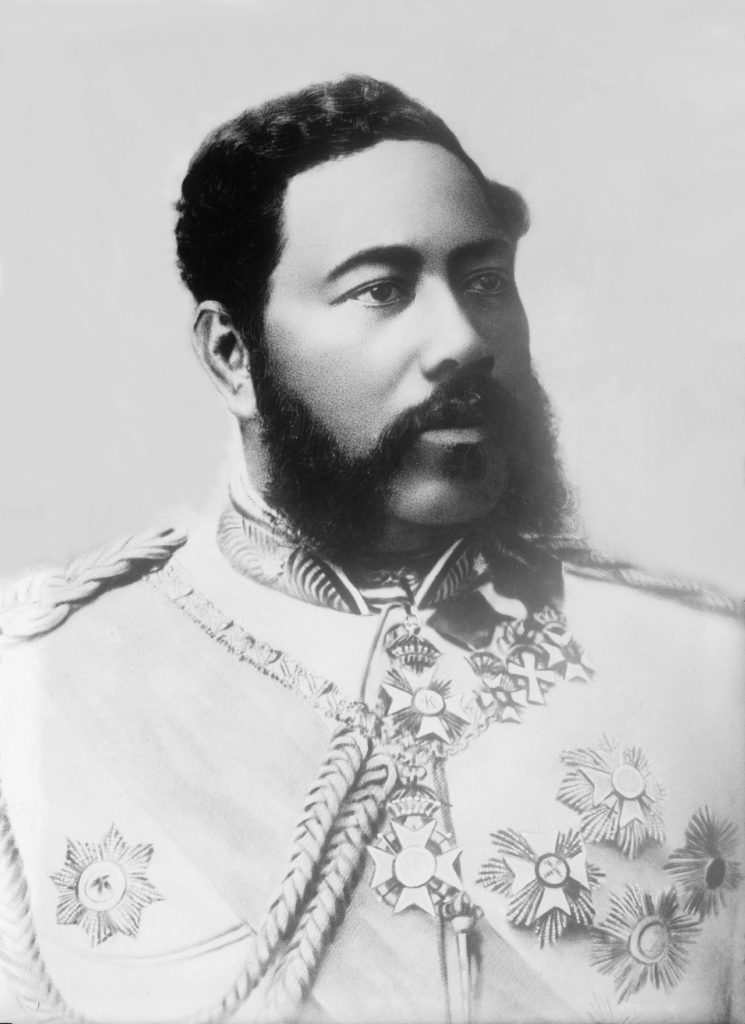
Despite the resistance, King Kalākaua convinced scholars to work with anyone who had memorized the ancient verses and to write them down in Hawaiian.
In addition, Kalākaua had other crucial texts inscribed, like the Unukupukupu and the Kumulipo. These were sacred chants only performed in ceremonies and contained stories about royal lineage and creation.
The keepers of these texts and traditions, also known as Kahunas, fought against Kalākaua, citing the breaking of kapu, or Hawaiian taboos.
Eventually, the king convinced them that writing down the traditions in Hawaiian and expanding them to English was the only way to save the culture from extinction.
King Kalākaua was relentless in his efforts to save his culture and even took it upon himself to learn as much as possible.
He encouraged art, literature, science, and music and believed that even with his culture’s myths, there was room for innovation.
He even wanted to unite his people further, despite their many differences, by creating a national anthem for Hawaii.
After he ascended the throne and began these sweeping changes for the betterment of his people, he realized that he wanted the greatness of Hawai’i’s legacy to be shared with the world.
The World Tour
He also traveled worldwide to spread his culture and learn about others. The King and his entourage went to many places, including the United States, Japan, China, Europe, and the Middle East.
He tried to learn about the customs and traditions in each place he visited. He also brought gifts from Hawaii to share his culture with others. The King’s world tour helped him learn about other cultures’ customs and traditions and how to preserve his own better.
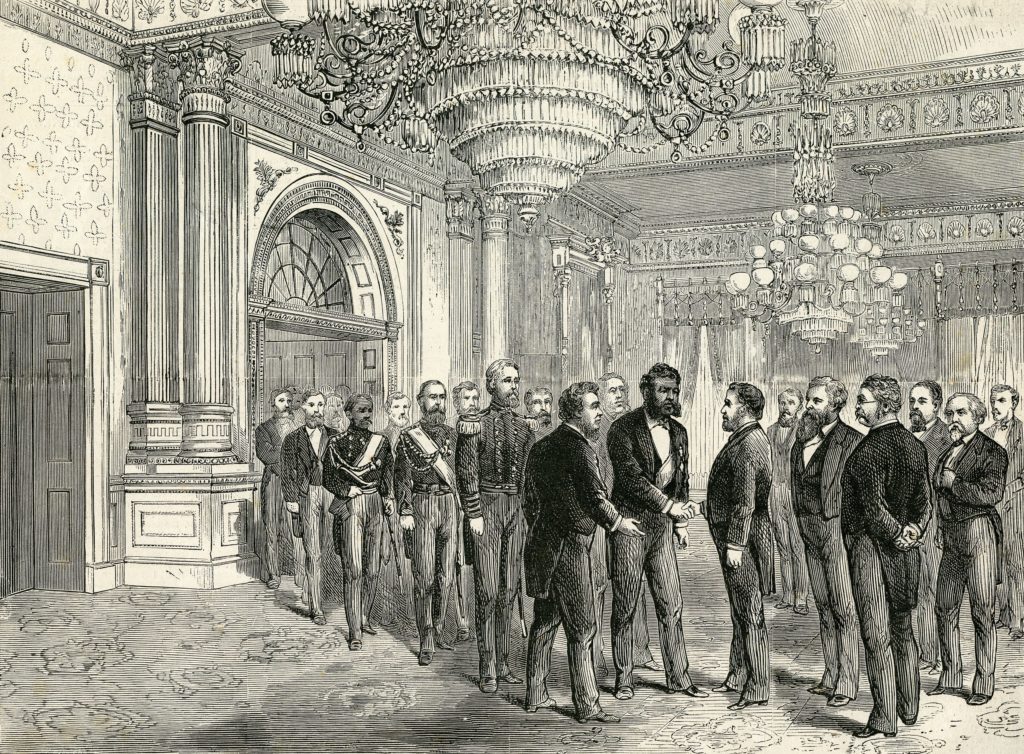
During his tour, he met Thomas Edison, whose work on the incandescent light bulb had just begun.
Because of his interest in technology, he recognized the potential of electricity and its possible uses for his people back home.
He adopted Edison’s incandescent bulb and electricity technology to light his palace Iolani, making it the first electrically lit palace in the world, aside from Buckingham Palace, even before the White House.
The King’s decision to bring electricity to his kingdom was significant because it helped increase trade between Hawaii and other countries.
Other technologies trickled into Hawaii due to the King’s influence, including the telephone, which was presented to him by the American Bell Telephone Company.
King Kalākaua was also interested in astronomy and even visited western observatories like Lick Observatory in California.
Through his interactions with scientists and engineers, he brought back vital information about astronomy and shared it with the people of Hawaii.
Unfortunately, by the time of his visit to California, Kalākaua was falling ill and was bedridden. He passed away in the Palace Hotel in San Francisco not long after being recorded saying a Hawaiian farewell on a wax-type phonograph cylinder.
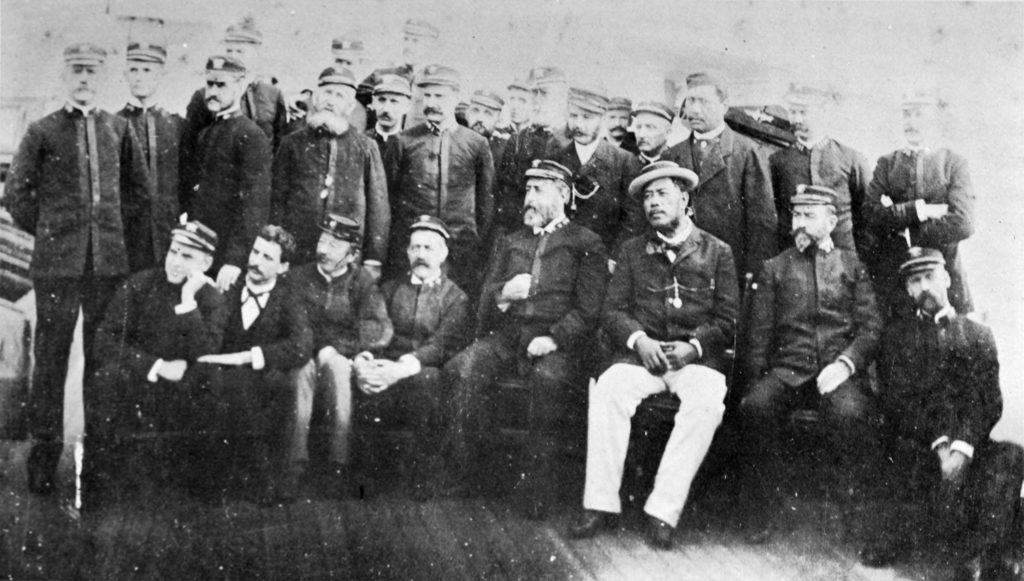
King Kalākaua’s Open-Mindedness Saved Hawai’i’s Culture
The King’s world tour was significant not only because he was able to bring back new technologies and ideas to Hawaii but also because he was able to learn about other cultures and customs.
He was an open-minded individual willing to learn about new things and share his culture with the world. In addition, his efforts to save Hawaiian culture helped preserve it for future generations.
Thanks to his work, we can still enjoy Hawaiian music, dance, and language today.
King Kalākaua was a remarkable man who wanted the Hawaiian kingdom to be seen as a world power and not just a bunch of islands in the middle of the Pacific Ocean.
His work helped put Hawaii on the map and saved his culture from extinction.

